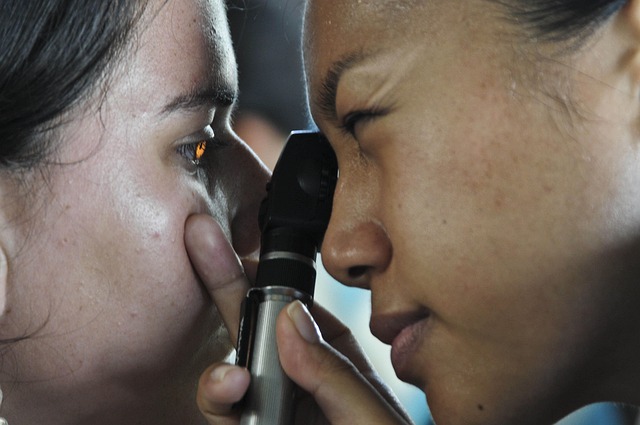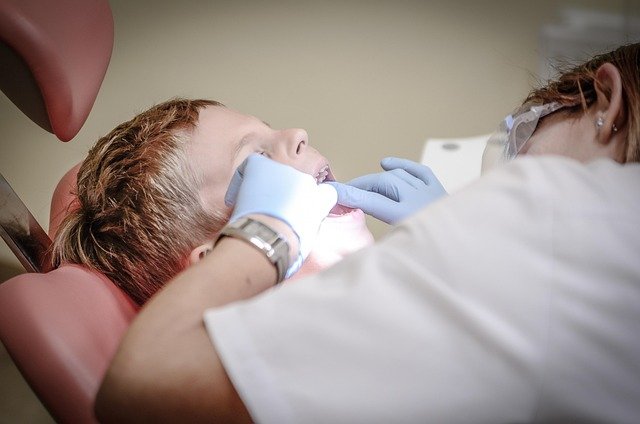Understanding Lasik Eye Surgery: Costs and Vision Correction
Lasik eye surgery has transformed the lives of millions worldwide by offering a permanent solution to common vision problems like nearsightedness, farsightedness, and astigmatism. This advanced procedure uses laser technology to reshape the cornea, allowing light to focus correctly on the retina and dramatically improving visual clarity. For many people in South Africa, Lasik represents freedom from glasses and contact lenses, but understanding the procedure, its safety profile, and associated costs is essential before making this important decision.

Lasik eye surgery stands as one of the most popular elective procedures globally, with a proven track record spanning over three decades. The procedure typically takes less than 30 minutes for both eyes and involves minimal discomfort, with most patients experiencing improved vision within 24 hours. South African ophthalmologists use state-of-the-art equipment and follow international safety standards to deliver consistent results.
How Much Does Lasik Really Cost in South Africa
The financial investment in Lasik varies significantly depending on several factors, including the technology used, the surgeon’s experience, the complexity of your prescription, and the clinic’s location. In South Africa, prices typically range from R15,000 to R40,000 per eye, with the total procedure for both eyes averaging between R30,000 and R80,000. Premium options using the latest wavefront-guided or bladeless technology may cost more than traditional methods.
Several elements influence the final price. Custom Lasik procedures that map individual corneal irregularities tend to be more expensive than standard treatments. The surgeon’s reputation and experience level also affect pricing, as highly qualified specialists with extensive track records often charge premium rates. Additionally, comprehensive pre-operative assessments, post-operative care packages, and enhancement guarantees may be included in quoted prices or offered separately.
Many clinics offer financing options or payment plans to make the procedure more accessible. Some medical aid schemes provide partial coverage for Lasik, particularly when vision impairment significantly affects quality of life, though coverage varies widely between providers. Investigating these options thoroughly before committing to surgery is advisable.
Prices, rates, or cost estimates mentioned in this article are based on the latest available information but may change over time. Independent research is advised before making financial decisions.
Safe and Effective Vision Correction Through Modern Technology
Lasik safety has improved dramatically since the procedure’s introduction in the 1990s. Modern techniques boast success rates exceeding 96 percent, with most patients achieving 20/20 vision or better. The procedure works by creating a thin corneal flap, then using an excimer laser to precisely remove microscopic amounts of tissue, reshaping the cornea to correct refractive errors.
Bladeless Lasik, also known as all-laser Lasik, uses femtosecond laser technology instead of a mechanical blade to create the corneal flap. This advancement has reduced complications and improved precision. Wavefront-guided Lasik takes customization further by creating a detailed map of optical aberrations unique to each eye, allowing for highly personalized treatment.
Candidates must meet specific criteria for optimal safety and results. Ideal patients are over 18 years old with stable prescriptions for at least one year, healthy corneas of adequate thickness, and realistic expectations about outcomes. Conditions like severe dry eye, autoimmune disorders, or certain corneal diseases may disqualify candidates. Comprehensive pre-operative screening identifies potential risks and determines suitability.
Finding Quality Private Lasik Services in Your Area
South Africa offers numerous private clinics and hospital-based facilities providing Lasik procedures. Major metropolitan areas like Johannesburg, Cape Town, Durban, and Pretoria host multiple specialized eye centers with experienced refractive surgeons. When searching for local services, prioritize clinics with board-certified ophthalmologists who specialize in refractive surgery and have performed thousands of procedures.
Researching credentials, reading patient reviews, and scheduling consultations with multiple providers helps ensure you select a qualified surgeon. During consultations, ask about success rates, complication rates, technology used, and what the quoted price includes. Reputable clinics provide transparent information, thorough eye examinations, and realistic expectations about potential outcomes and risks.
| Provider Type | Services Offered | Estimated Cost Range |
|---|---|---|
| Private Eye Clinics | Standard Lasik, Custom Lasik, Bladeless Lasik | R30,000 - R60,000 (both eyes) |
| Hospital-Based Centers | Comprehensive eye care, Advanced Lasik options | R35,000 - R70,000 (both eyes) |
| Premium Refractive Centers | Wavefront-guided Lasik, Lifetime enhancement programs | R50,000 - R80,000 (both eyes) |
Prices, rates, or cost estimates mentioned in this article are based on the latest available information but may change over time. Independent research is advised before making financial decisions.
Recovery and Long-Term Results
Recovery from Lasik is remarkably quick compared to other surgical procedures. Most patients return to normal activities within a few days, though complete healing takes several weeks. Immediately after surgery, mild discomfort, light sensitivity, and blurry vision are common but typically resolve within 24 to 48 hours. Follow-up appointments monitor healing and ensure optimal results.
Long-term satisfaction rates remain high, with studies showing that over 95 percent of patients are satisfied with their vision years after surgery. However, Lasik does not prevent age-related vision changes like presbyopia, which affects near vision typically after age 40. Some patients may require reading glasses as they age, and a small percentage may need enhancement procedures if their vision regresses.
Potential risks, though rare, include dry eyes, glare, halos around lights, under-correction, over-correction, and infection. Choosing an experienced surgeon and following post-operative care instructions minimizes these risks. Discussing all potential complications during consultation ensures informed decision-making.
Preparing for Your Lasik Procedure
Proper preparation enhances safety and outcomes. Before surgery, discontinue contact lens wear for the period specified by your surgeon, typically one to two weeks for soft lenses and longer for rigid gas permeable lenses. This allows your corneas to return to their natural shape for accurate measurements.
Arrange transportation to and from the clinic, as you will not be able to drive immediately after the procedure. Plan to take a day or two off work for rest and initial recovery. Stock up on prescribed eye drops and follow medication schedules precisely to prevent infection and promote healing.
Maintaining realistic expectations is crucial. While Lasik dramatically improves vision for most patients, individual results vary based on prescription strength, corneal characteristics, and healing response. Open communication with your surgeon about goals and concerns ensures alignment between expectations and likely outcomes.
Understanding Lasik eye surgery from multiple perspectives—including costs, safety considerations, and provider selection—empowers you to make an informed choice about this life-changing procedure. With proper research, qualified care, and realistic expectations, Lasik offers a proven path to clearer vision and enhanced quality of life.




